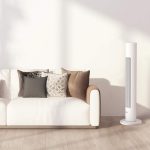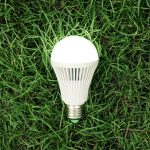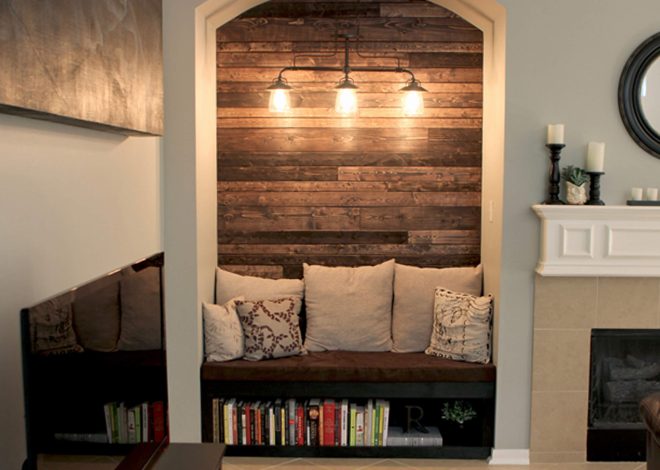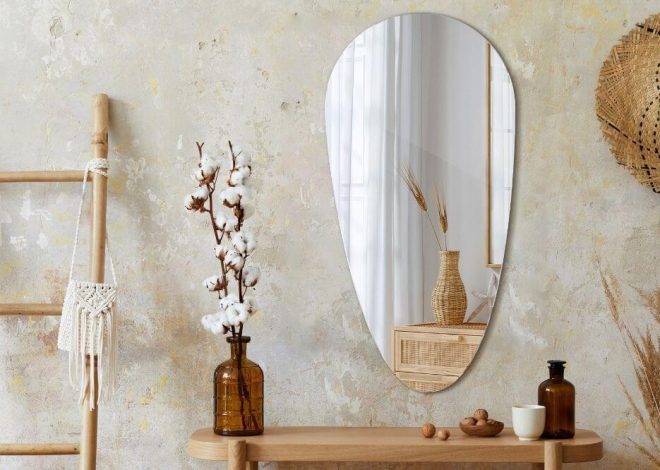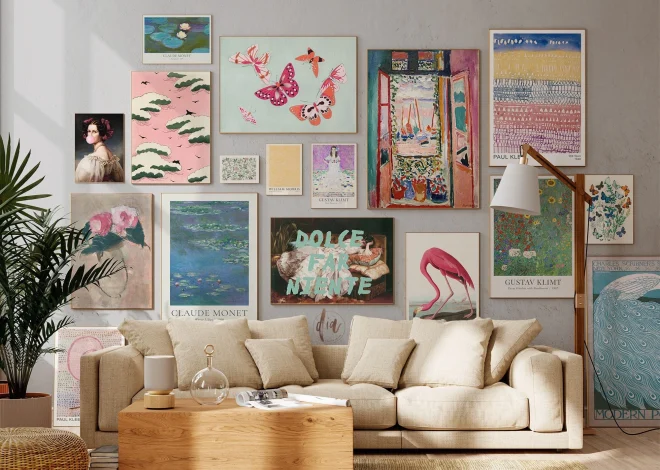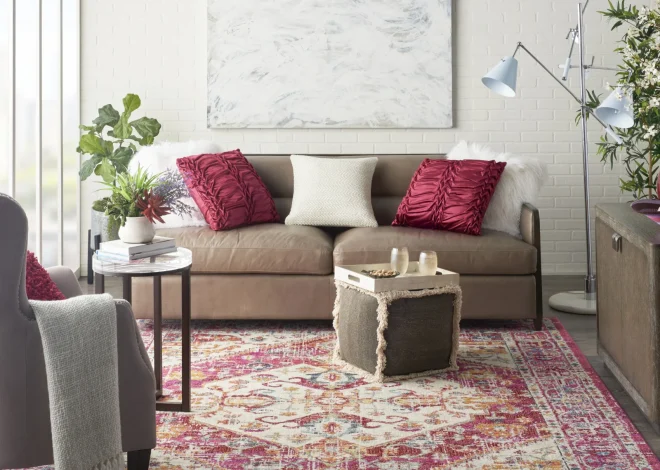Essential Tips for Helping Indoor Plants Thrive During Winter
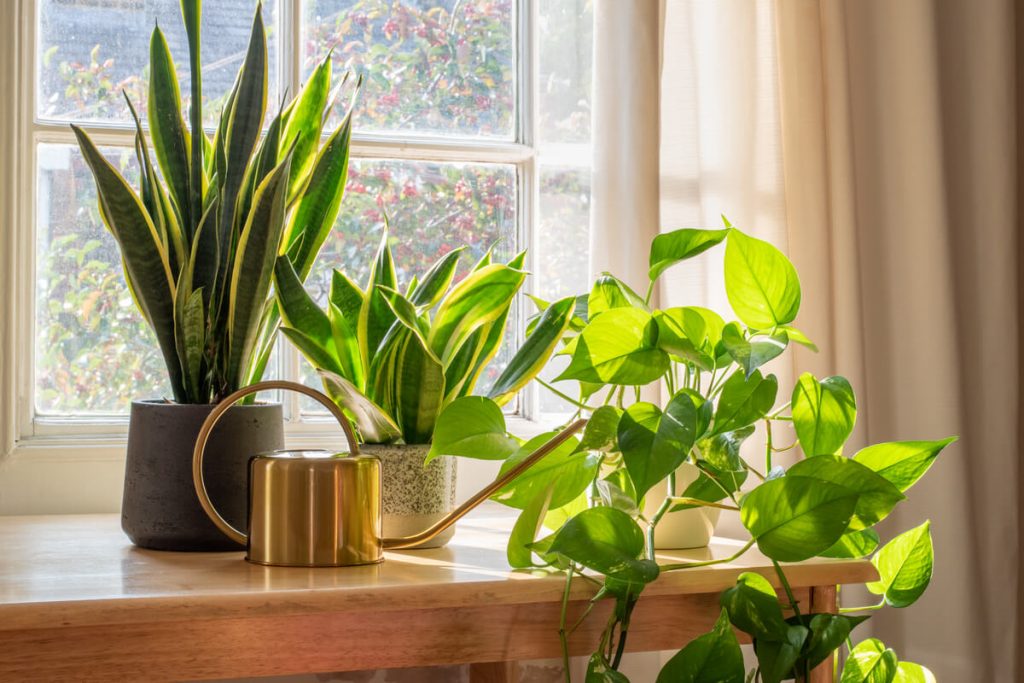
Winter can be tough on indoor plants, especially tropical varieties that are sensitive to cold drafts, dry air from heating systems, and the drop in temperatures. To keep your plants healthy throughout the colder months, follow these expert tips from Bloomscape’s Grow-How® Team!
Watering Tips for Winter
During winter, your plants won’t need as much water due to their slower growth rate. Overwatering can lead to root rot, so it’s essential to water only when necessary. However, this doesn’t mean you should neglect your plants!
How to Check Soil Moisture
- Use your finger to test the soil for moisture depth.
- Lift the pot to feel the weight; a lighter pot means it’s time for watering.
- Use a moisture meter to help determine when to water.
It’s important to understand each plant’s specific watering preferences. If you’re unsure, refer to our detailed plant care guides for accurate watering advice.
Watering Technique
When watering, ensure the soil is saturated, as tropical plants prefer deep, infrequent watering. Always remove any excess water from the saucer to avoid root rot.
Maintaining Ideal Humidity
Winter indoor air tends to be dry, which can negatively impact your plants. To counter this, increase humidity around your plants. Grouping plants together helps create a microclimate by trapping moisture from their transpiration.
Additional methods include:
- Using a humidifier near your plants.
- Placing a tray of water near your plants or using a pebble tray (stones in a water-filled tray).
- Consistent misting, although the effects are temporary and need to be repeated regularly.
For more in-depth guidance on increasing humidity, check out our full guide on improving indoor humidity for your plants.
Consider Adding Artificial Grow Lights
Winter days bring less natural light, which can be challenging for light-loving plants. A grow light is a great way to supplement the lack of sunlight and support healthy photosynthesis. These lights mimic the sun’s spectrum and can keep your plants vibrant and growing.
We offer two sizes of grow lights—small and large—perfect for different plant types and room sizes.
Consistent Temperature is Key
Temperature fluctuations can harm plants, so make sure to keep them away from drafts and cold windows. Also, avoid placing them near heat sources like radiators or heaters. Ideal temperatures for your plants are between 65–75°F during the day, and no lower than 55°F at night.
Adjusting Fertilization
In winter, your plants may not need fertilizer, as growth slows down due to shorter days and lower temperatures. Fertilizing at this time can disrupt their natural growth cycle. However, if your plants are actively growing, continue with normal fertilizing practices.
Keep Your Plants Clean
Regularly dust your plants to prevent pests from hiding on the leaves. Dust can also make it harder to spot potential insect infestations. Additionally, lower humidity levels can encourage spider mites and other pests, so cleaning the leaves helps protect your plants. Wipe down leaves with microfiber dusting gloves and trim away any dead or yellowing foliage.
Need More Help?
If you’re unsure how to care for your indoor plants or if they seem to be struggling, our comprehensive Plant Care Guides are available to assist you. And if you purchased a plant from Bloomscape, feel free to contact our Grow-How® Team for personalized advice and support.

